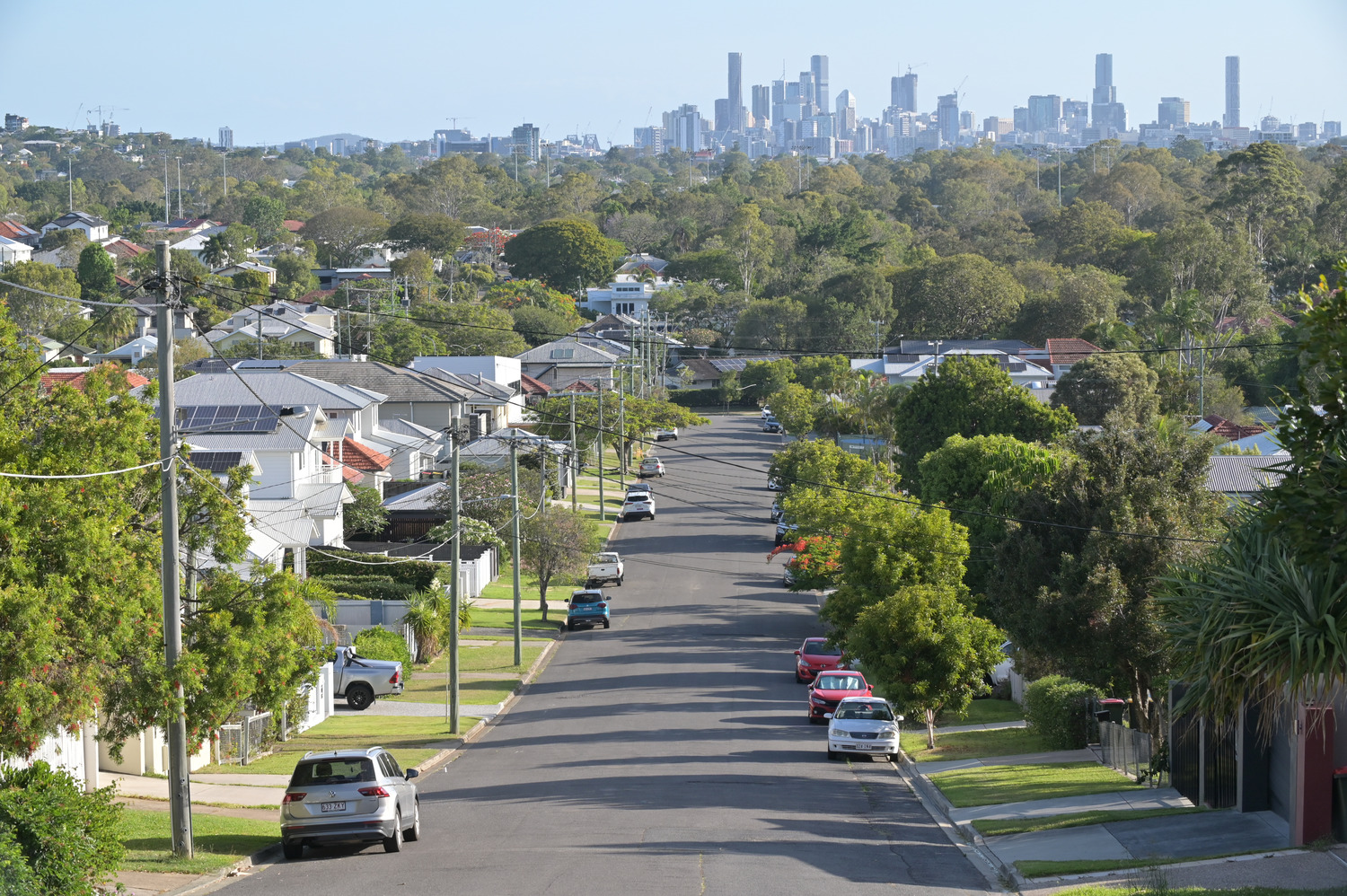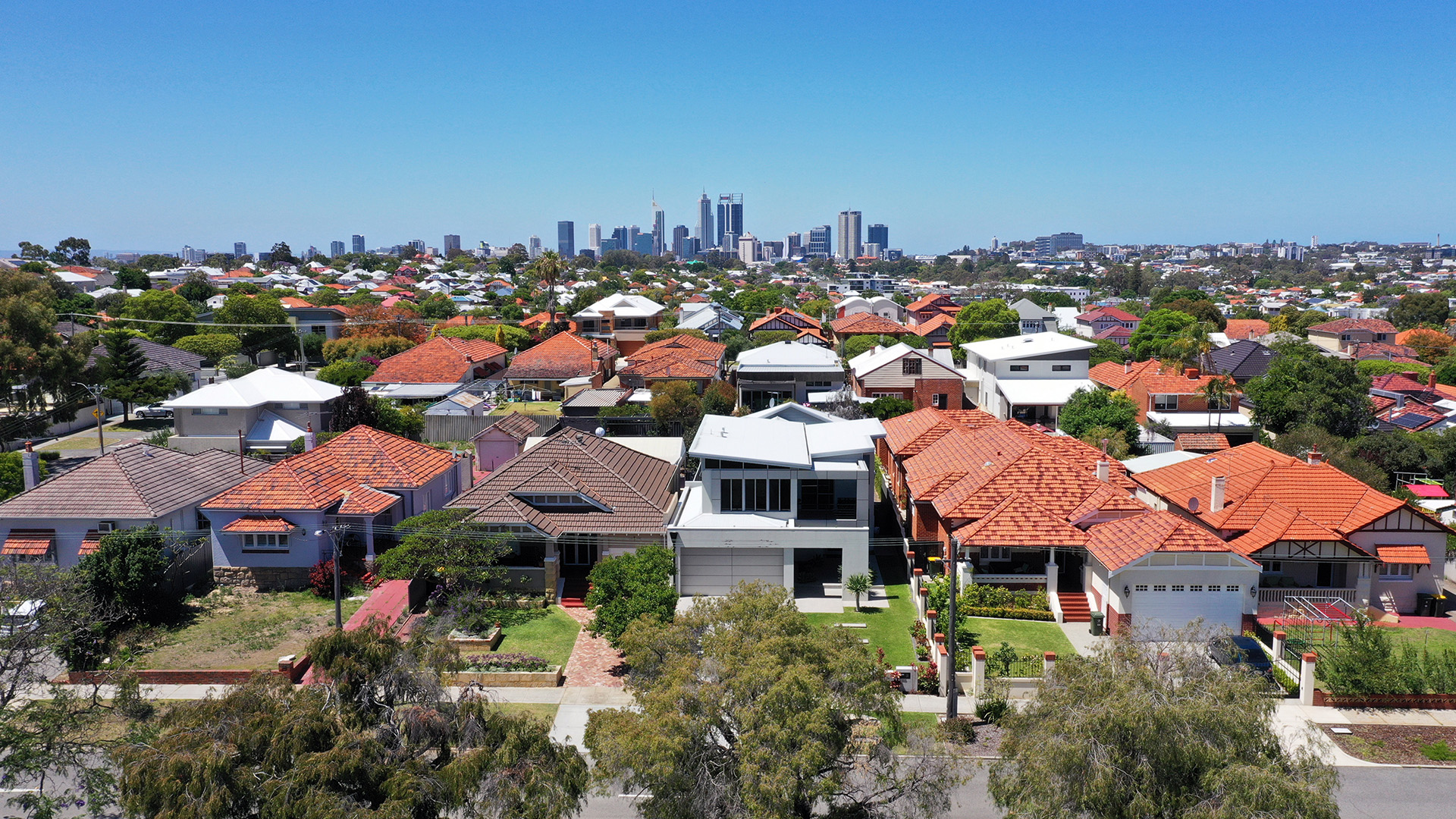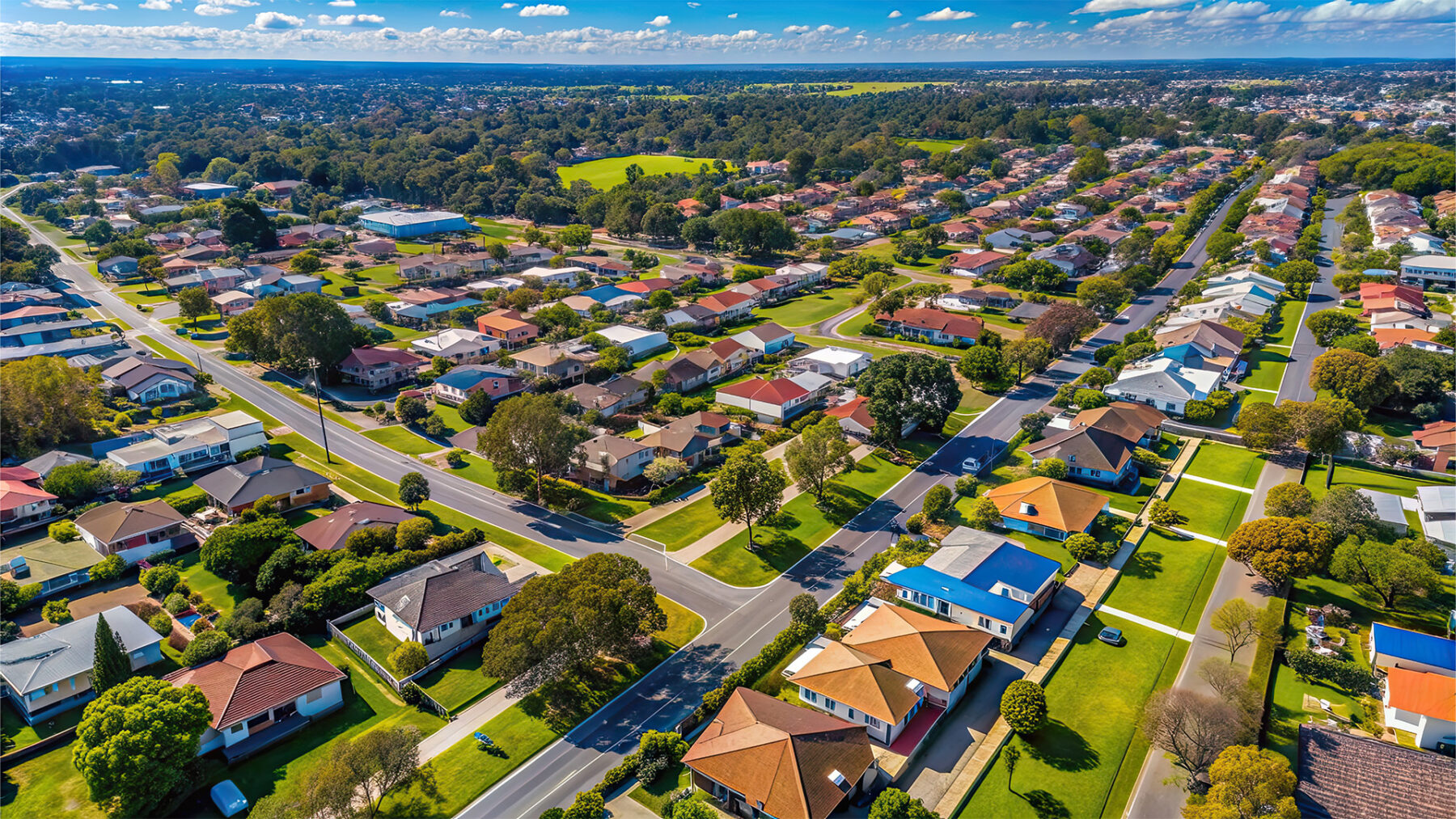Money’s Mortgage Insights: Investor Market Surges, VIC Tops Homebuyer Loans & Refinancing Picks Up
19 February 2025
Money.com.au has released the latest edition of its Mortgage Insights report, showing key trends in the Australian home loan market from the last quarter of 2024 and their potential impact in 2025.
See the full report on LinkedIn.
Australia’s home loan market continues to grow
In 2024, a total of 515,116 new home loans were issued across Australia — up 11% from 2023 — amounting to $331 billion in mortgages. In the December 2024 quarter alone, overall loan numbers (including owner occupier and investor loans) rose 3.3% and 7.1% year-on-year.
Australia’s investor boom continues, with investor loans growing 22% annually, compared to 6% for owner occupier loans. This means the investment property market is growing more than three times faster than the rest of the homebuyer market.
Money.com.au’s Property Expert, Mansour Soltani, says rising house prices have increased equity for existing homeowners to invest in additional properties.
“With vacancy rates across capital cities at record lows, rental demand showing no signs of easing and population growth, we’re likely to see the investor market pull even further ahead in 2025 as market conditions shift in a downwards rate cycle,” he says.
Victoria’s affordability drives surge in owner occupier loans
Victoria led the nation in 2024 with the strongest annual growth in owner occupier loans, increasing 10% year-on-year. Meanwhile, Queensland recorded the highest quarterly growth, rising 2% in Q4 of 2024.
Mansour says Victoria is one of the most accessible property markets right now. “Property prices have stayed relatively steady in Victoria compared to other states, so it’s one of the best-value markets in the country right now. Homebuyers have a rare window to buy something at a more affordable price and in a better location than they would in Queensland for example,” he says.
Case in point: the average loan size in Victoria is $615,175, with just a 2% annual increase, compared to WA and QLD, where loan sizes have surged 16% and 13%, respectively.
Queensland cements its place as Australia’s 2nd largest investor market
Queensland continues to solidify its position as Australia’s second-largest investor market, accounting for 23.8% of investor loans in 2024 — 1.7% more than Victoria. This is the first time Queensland has outpaced Victoria in investor loans for any given year on record. Over the year, Queensland recorded 45,872 investor loans, compared to 42,567 in Victoria.
Meanwhile, the Northern Territory recorded the largest increase in investor loans in 2024, rising 40% year-on-year, though it accounted for just 1% of total investor loans. Among the major states, Western Australia saw the highest growth, with a 35% increase, making up 13% of all investor loans.
Nationally, investor loans are still the fastest-growing segment of the market — up 22% annually. Investor loan numbers reached 192,843 in 2024, with 34,234 more loans funded than the previous year. The average annual loan size for investors is now $648,570.
First home buyer market steadies ahead of predicted growth in 2025
First home buyer (FHB) loans saw a 6% increase in 2024, compared to 2023. But loan growth slowed at the end of 2024, with fewer loans settled in the December 2024 quarter compared to the same period in 2023. However, the drop was marginal at 1.3%, or 409 fewer loans.
Money.com.au’s Property Expert, Mansour Soltani, says 2025 is shaping up to be the year of first home buyers.
“We’ve had our first rate cut in nearly five years, and more are expected in 2025, which will boost borrowing power. On top of that, government incentives are at an all-time high, and potential changes to serviceability rules around student loans could provide even more relief for first home buyers,” he says.
“Additionally, the Bank of Mum and Dad is in a stronger position than ever to help with deposits or act as guarantors, as rising property prices have boosted their home equity.”
Only two states saw an increase in FHB loan numbers in the December 2024 quarter — Queensland up 6% and the Northern Territory up 2%. Meanwhile, WA recorded a 1% decline, while the ACT saw a 4% drop.
Refinancing on the rise again
The December 2024 quarter was the first positive quarter of the year for refinance loans, following their peak in 2023 when many borrowers came off their ultra-low fixed rates. Internal refinancing rose 15% in Q4 of 2024 compared to the same period in 2023, while external refinancing recovered 5%, signaling a stronger outlook for 2025.
Overall, internally refinanced loans increased 16% annually, while external refinancing was still down 21%, but this was an improvement from -25%, indicating a possible trend reversal.
In 2024, a total of 584,448 loans were refinanced, with 59% coming from external refinancing.
Money’s bonus insight: Is refinancing cool again?
Here’s a bold prediction — 2025 could be the year refinancing picks up again. In the December 2024 quarter, 161,276 loans were refinanced — the highest level since September 2023 and 12,931 more than in December 2023, marking a 9% increase. This was the only quarter in 2024 to see growth in refinancing, suggesting a renewed interest that is likely to pick up in 2025.
Interestingly, 65% of this increase came from internal refinancing, even though it typically accounts for a smaller share of refinancing activity. This suggests that consumers are driving the refinancing trend by making changes with their existing lenders, rather than being enticed by lenders aggressively competing for new business.
At the same time, interest rates are shifting. New owner occupier variable rate loans dipped slightly, down 0.03% in the December quarter — a change that occurred outside of the cash rate cycle. The RBA’s 0.25% cash rate cut to 4.10% on 18 February 2025 means borrowers can expect further reductions in lending rates.
“This will fire up the refinancing landscape again after many borrowers were stuck in ‘mortgage prison’ due to high interest rates impacting their serviceability,” says Mansour.






